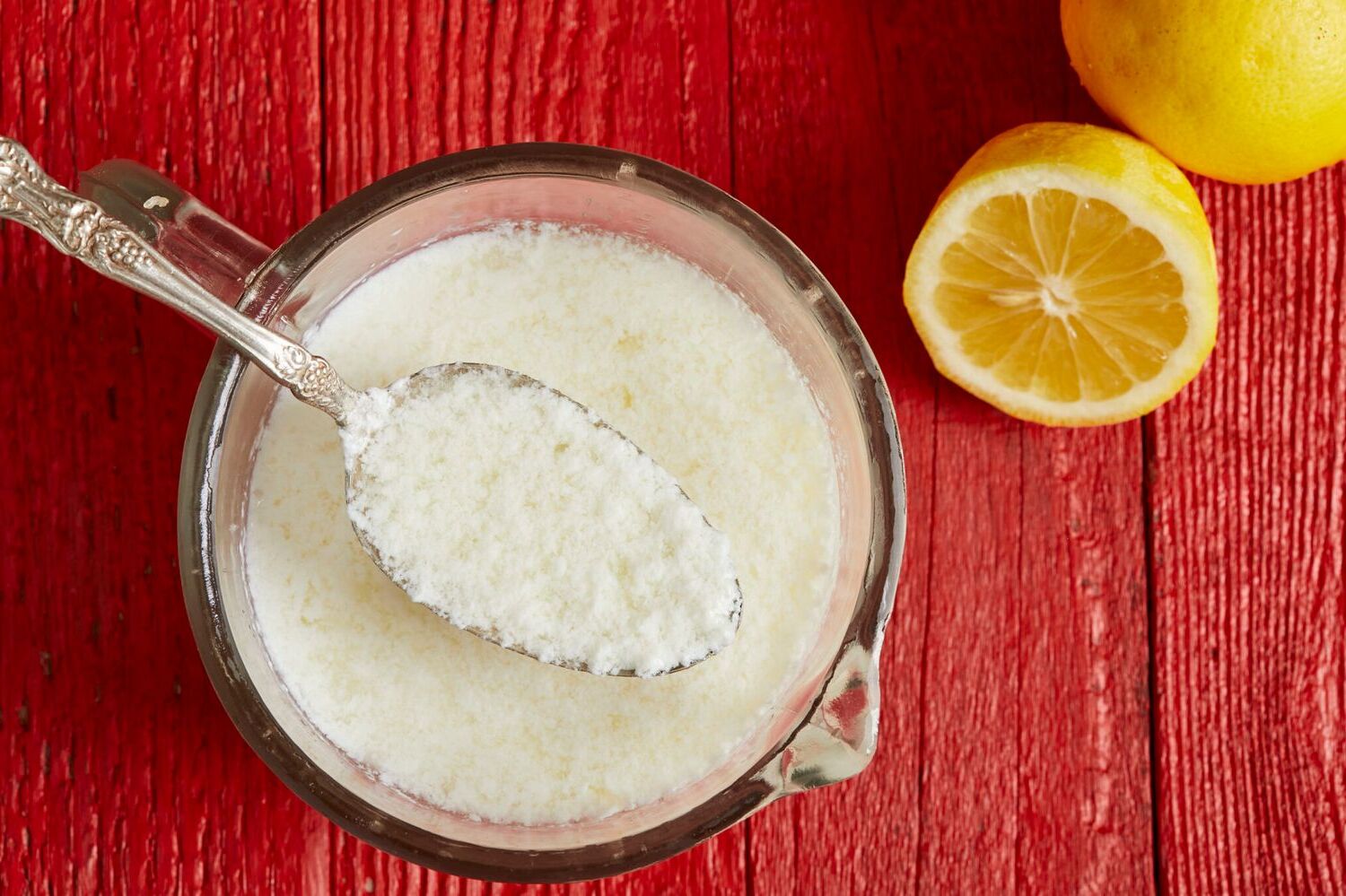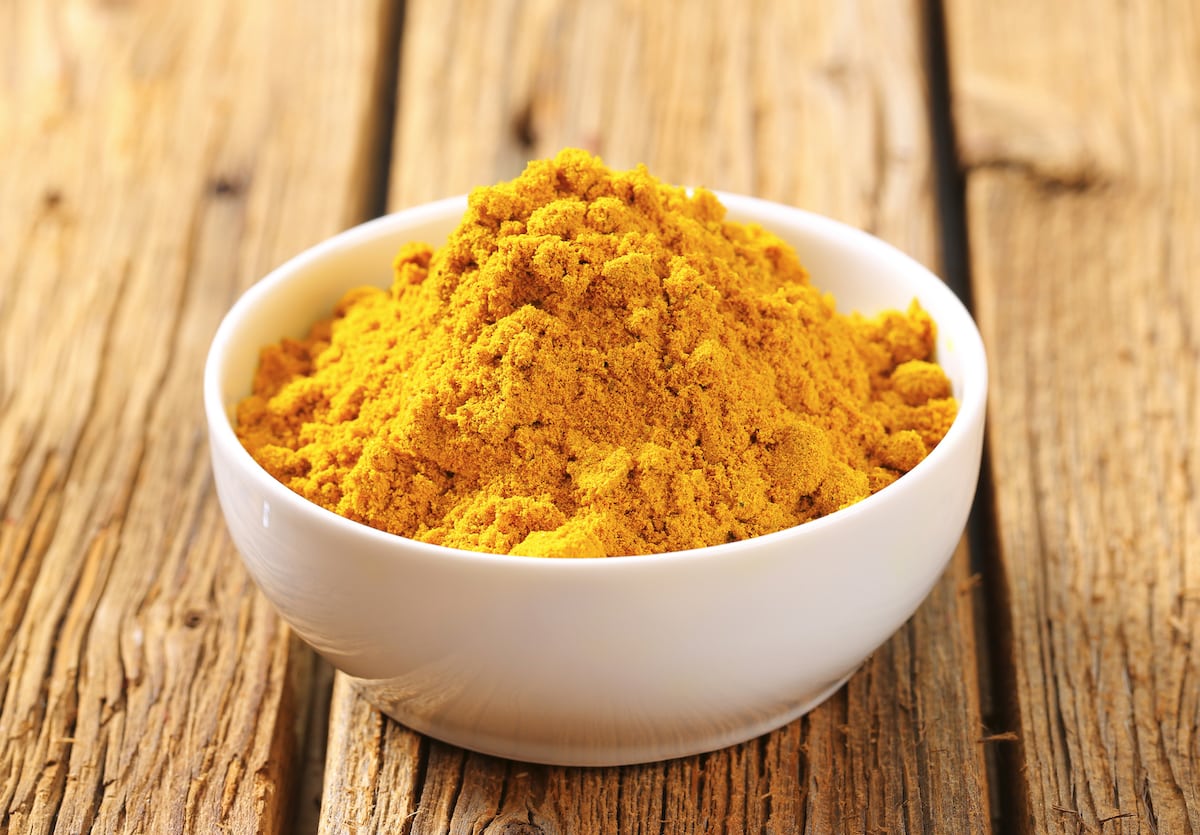The Difference Between Sarsaparilla and Root Beer
When it comes to classic sodas, sarsaparilla and root beer are often mentioned in the same breath. While they may seem similar at first glance, there are actually several key differences between the two beverages. Let’s take a closer look at what sets sarsaparilla apart from root beer.
Ingredients
One of the main differences between sarsaparilla and root beer lies in their ingredients. While both beverages contain sassafras root as a primary flavoring agent, sarsaparilla is typically made from the Smilax ornata plant, while root beer often includes a combination of sassafras root, sarsaparilla root, and other herbs and spices such as anise, licorice, and vanilla.
Flavor Profile
When it comes to taste, sarsaparilla and root beer also differ. Sarsaparilla is known for its earthy, slightly sweet flavor, with hints of vanilla and spice. On the other hand, root beer tends to have a sweeter, more complex flavor due to the additional ingredients used in its production.
Historical Significance
Both sarsaparilla and root beer have a rich history in the United States. Sarsaparilla was a popular beverage during the Wild West era, often enjoyed in saloons and touted for its medicinal properties. Root beer, on the other hand, gained popularity in the 19th century and has since become a beloved staple in American soda culture.
Carbonation
Another notable difference between sarsaparilla and root beer is their level of carbonation. While both beverages are typically carbonated, root beer tends to have a stronger effervescence compared to sarsaparilla, which may have a subtler fizziness.
Availability
In terms of availability, root beer is far more widespread and easily accessible than sarsaparilla. Root beer can be found in virtually every grocery store and soda fountain across the country, while sarsaparilla may be more challenging to come by, often requiring a visit to a specialty or gourmet food store.
Conclusion
While sarsaparilla and root beer share some similarities, such as their use of sassafras root as a flavoring agent, they ultimately offer distinct flavor profiles and historical significance. Whether you’re a fan of the earthy, understated taste of sarsaparilla or the sweet, complex flavor of root beer, both beverages have earned their place in the pantheon of classic sodas.
Next time you’re craving a nostalgic soda experience, consider trying both sarsaparilla and root beer to appreciate the unique qualities that set them apart.
Was this page helpful?
Read Next: What Is A Substitute For Enchilada Sauce?










